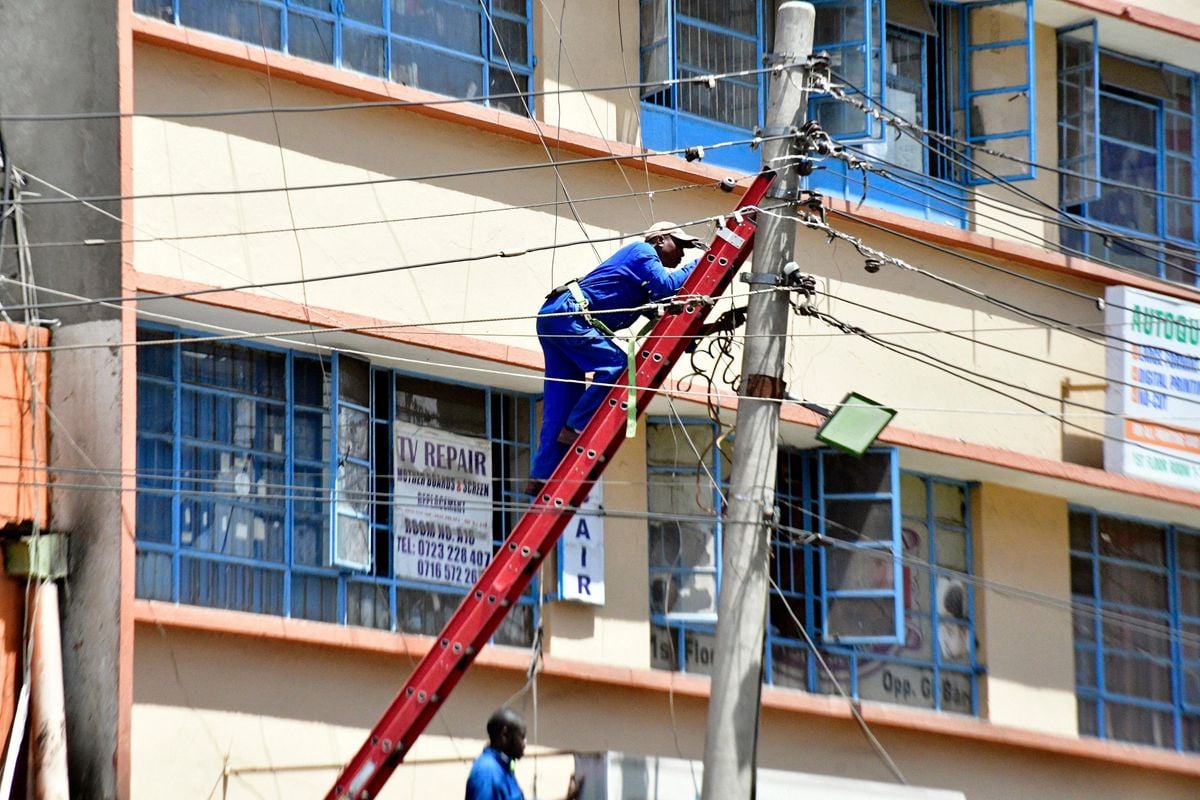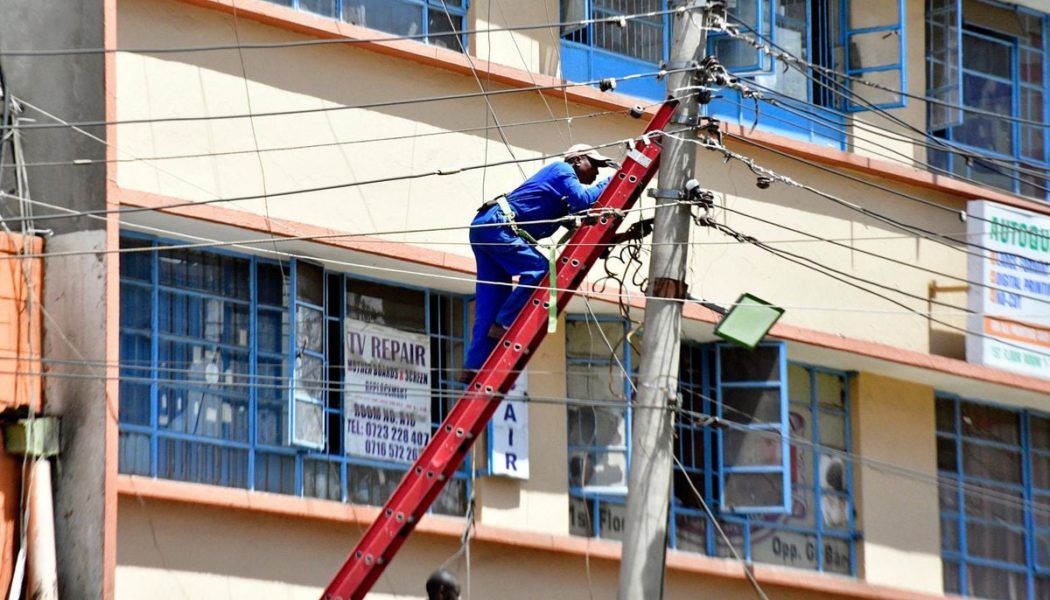
Own-source power generation by individuals and firms surged by 60 percent last year as more electricity consumers in Kenya sought cheaper alternatives and cut reliance on Kenya Power, weakening the base of big consumers that subsidise the bulk of household consumers.
The Energy and Petroleum Regulatory Authority (Epra) says it licensed an additional 168.74 megawatts (MW) of new captive power plants last year.
Captive power plants are generation facilities firms build and manage for own use.
This brings the total self-consumption electricity output capacity in the country to 449.5MW as of December 2023, which marks a significant jump from 280.76MW a year earlier.
This has pushed the share of captive power capacity to 12.18 percent of the country’s total installed power capacity of 3,689.5MW.
The shift to own generation comes amid a sharp increase in electricity prices, forcing consumers to look for cheaper sources.
“Captive power generation has been popular among commercial and industrial consumers due to its cost competitiveness, ease of set-up, and supportive government policy,” said Epra.
The largest share of captive capacity is solar PV plants with a total capacity of 196.2MW followed by bioenergy at 111.8MW, waste heat recovery (83.5MW), hydro (33MW), thermal (21.3MW), and geothermal (3.7MW).
A 55MW Devki Steel Mills waste heat recovery plant in Kwale County is the largest captive generation plant in Kenya.
Other firms licensed to build captive plants over the past two years include Saj Ceramics Limited, Milly Glass Works Limited, DL Koisagat Tea Estates, Mogogosiek Tea Factory, and Summit Fibers Limited.
Isuzu East Africa Limited, Maisha Packaging Company Limited, Quality Meat Packers Limited, PJ Dave Flora Limited, Muthu Keekorok Management Limited and Tropikal Brands Limited also make the list.
The shift to own-source generation comes after the energy regulator raised base tariffs.
The review meant that while a consumer spent Sh985.01 on average to buy 50 units of electricity in February last year, they were using about Sh1,406 to buy this number of units in February this year, which is an increase of 42.7 percent.
This is especially a blow to industrial customers, whose power costs form as much as a third of their operational budgets.
With variable surcharges such as fuel cost charge (FCC) and foreign exchange rate fluctuation adjustment (Ferfa) rising, electricity has emerged as one of the biggest drivers of cost of living in the past two years.
The FCC is remitted to power producers who use diesel to generate electricity, while Ferfa helps Kenya Power to cover repayment of foreign loans and power purchase costs in line with the shilling-dollar exchange rate.
The shift to own generation is a blow to Kenya Power that has enjoyed a monopoly for decades.
The utility derives the largest share of the revenue from sales to large consumers, and in the six months to December, industrial consumers bought 51.99 percent of Kenya Power’s electricity.
The shift to own source is the latest in a growing list of headwinds that are complicating the fortunes of Kenya Power at a time the country is going ahead with plans to cut down its monopoly after handing over some of its current infrastructure to Kenya Electricity Transmission Company (Ketraco).
On the cards is also a proposal to allow private firms that enter the electricity distribution space to import power from neighbouring countries.
The plan, if approved, will also allow private companies to distribute electricity through Ketraco networks at a fee in a regulatory shift that is aimed at ending the giant utilities’ monopoly of many decades.
According to the draft Energy (Electricity Market, Bulk Supply and Open Access) Regulations, 2024, Kenya Power and Ketraco will allow other firms to use their networks once the firms pay wheeling charges— an amount charged by one electrical system to transmit energy of, and for, another system or systems.
Ketraco owns about 4,660 kilometres of transmission lines across the country while Kenya Power has a total of 310,618 kilometres of both transmission and distribution lines.
Kenya Power is also battling system losses that stood at 23.2 percent as at December 2023 against the allowed 19.9 percent, a huge gap that needs concerted efforts to close.









